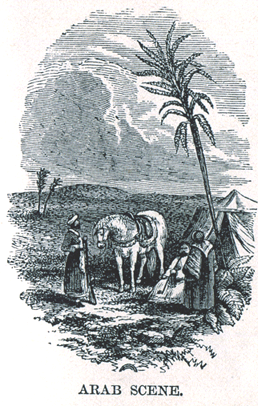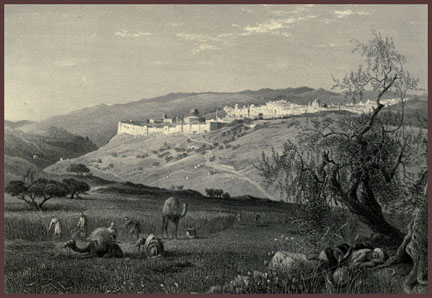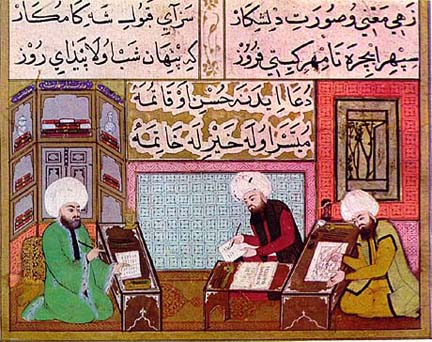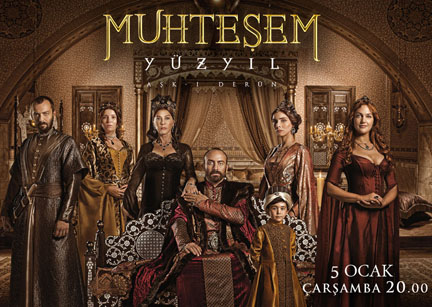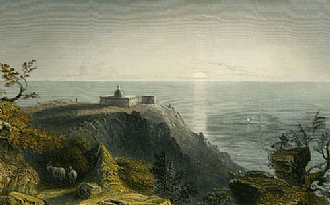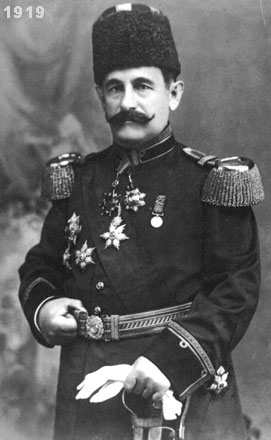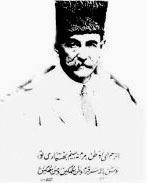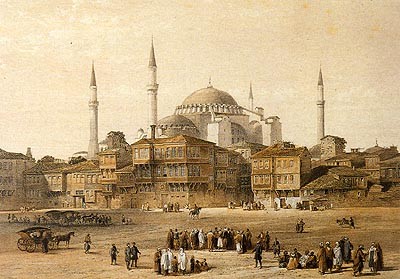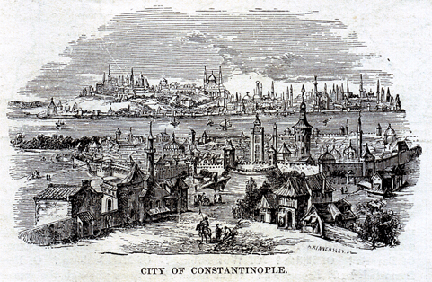
In a previous post I presented an account of the geography of Arabia and Turkey in an 1879 geography school text. Here is the discussion on the European part of the declining Ottoman Empire:
1. TURKEY, constituting the European dominion of the Ottoman Empire, comprises the middle portion of the great southeastern peninsula of Europe.
2. The Climate in some places is severe, but is healthful and favorable to the growth of all the common cereals.
3. The Soil is productive, yielding in abundance the useful grains, tobacco, and grapes, as well as the olive and mulberry. Much attention is given to the culture of plants yielding medicines and perfumes. Continue reading A Geography Lesson from 1879: #5: Turkey in Europe
